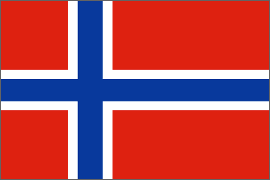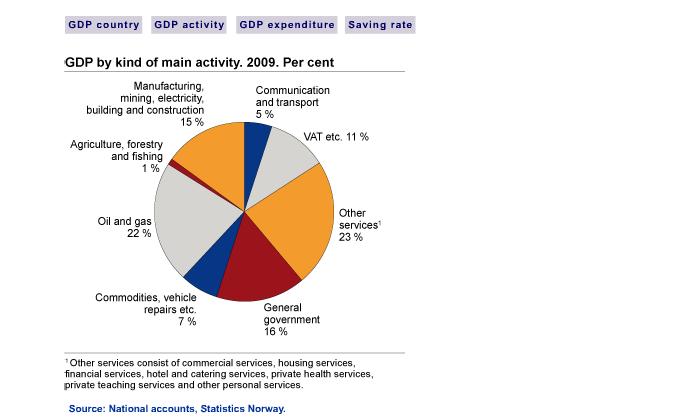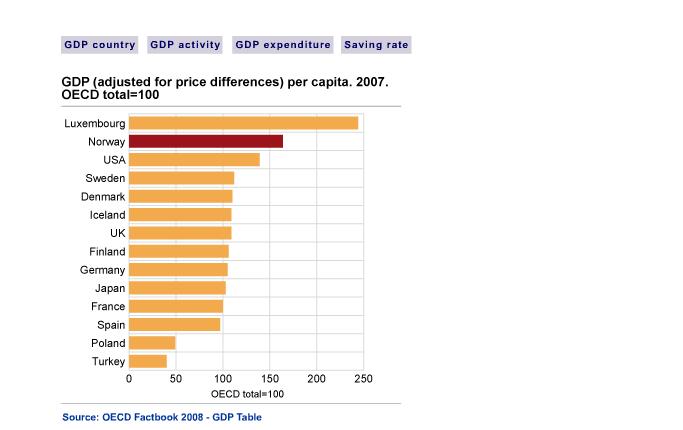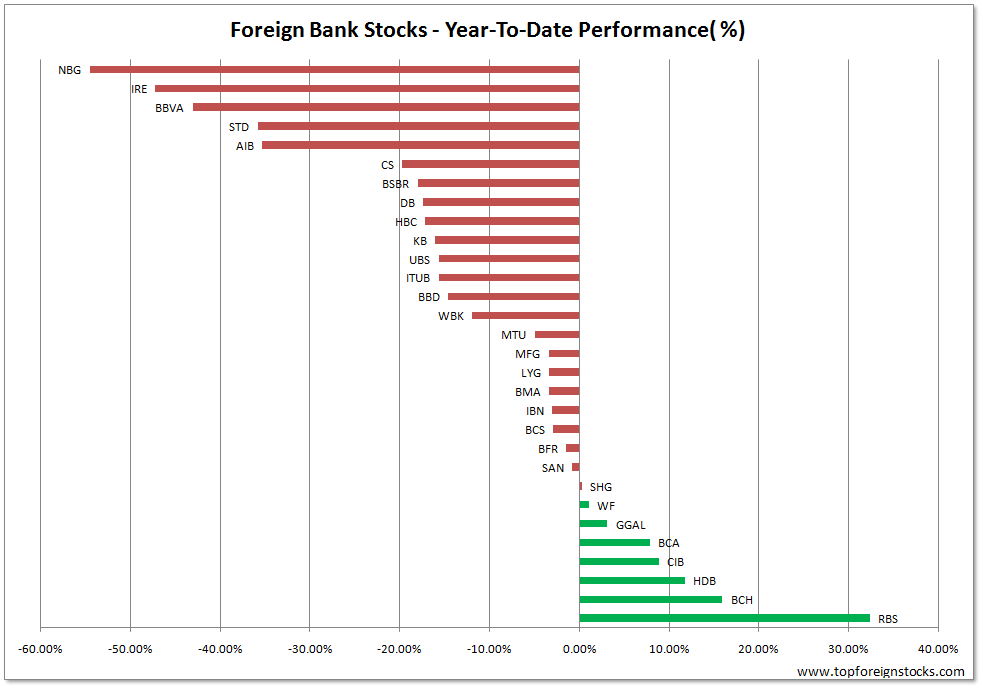Ten Canadian stocks for bulls and bears
Be prepared for bull, bear or bust
3 Stocks With Large, Growing Dividends
The real China growth story is in the domestic market
Uncaging the lions -Business is transforming Africa for the better
More workers quit their jobs, and that’s good news for the economy
Why most CEOs are dangerously short-sighted
Europe Banks Loan Greece, Ireland, Portugal, Spain $254 Billion, BIS Says
Don’t buy US stocks – Brazil is a much better bet
Is the US heading for a double-dip recession?
Saving capitalism from futile diversification
Uncertainty Restores Glitter to an Old Refuge, Gold
Buddhist Monastery, Tibet, China



